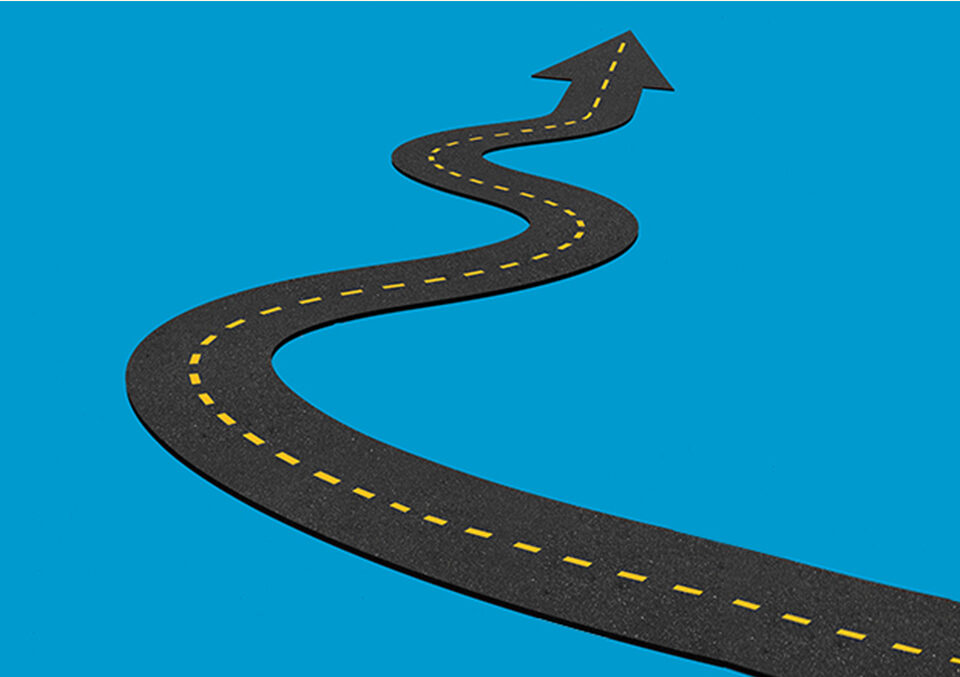
Nonprofit Artificial Intelligence Won’t Work for Major Gifts Fundraising is Jim Eskin’s take on the raising of money and new technology. Here’s what one of our favorite nonprofit veteran’s has to share about all things new!
Hardly a day goes by, or for that matter, an hour, without hearing about the ubiquitous Artificial Intelligence, or as it is more affectionately known — AI.
The explosion of activity is mind-numbing — venture capitalists have been throwing money at AI start-ups, investing over $11 billion in May alone, according to data firm PitchBook, an increase of 86% over the same month last year. And recently, AI chipmaker Nvidia became one of only a handful of companies in the world to hit $1 trillion in value.
Everyone is talking about potential applications and the way that AI can add value to their professions and industries. Fundraising and the non-profit sector have not been left out.
I have never been one to turn up my nose at technology and have enthusiastically embraced CRM and database systems, donor research tools, smartphones, video-conferencing and so much else.
For sure, there is a place for AI to improve productivity and efficiency in fundraising. It can expedite research, gift processing and acknowledgments, preparation of proposals, contact reports and monitoring and reporting on the impact of precious donor gift dollars.
But there are clear limits and boundaries to be recognized and respected.
I might be biased but I maintain that fundraising is the most intimate of professions, maybe next to surgery.
Nonprofit Artificial Intelligence Won’t Work for Major Gifts Fundraising
As is repeated over and over again, we are in the privileged business of nurturing relationships. More to the point, we are in the business of sustaining long-term friendships (since I once heard that a relationship is something you have until something better comes along).
Nothing can be more personal than establishing, maintaining and earning friendships. With it, the door opens to boundless opportunities in securing the uber competitive gifts of time, talent and treasure.
Ours isn’t a complicated business. To succeed we need to get donors to know, like and trust us. Never forget that being a donor is an extremely difficult job in which you’re not choosing between the good and the bad, but between the good and the good.
AI cannot connect on the most powerful level — emotionally. It does not have feelings, and can’t cry, smile, laugh, and place the donor within their hug.
It takes the Jeffersonian virtues of a knowing head and an honest heart to genuinely connect with the donor. Perhaps, robotic infrastructure can support those challenging goals, but it can never achieve them by itself.
This is profoundly true in the rarefied world of major gifts. Most major gifts are obtained through face-to-face solicitations. (During Covid and social distancing, the window opened for solicitations via video-conferencing, but primarily with donors who were already supporting specific non-profits and causes.)
Can AI solicit a face-to-face major gift of five-, six- and seven-figures?
As a lifelong fundraiser and consultant to fundraisers, we know that nothing tops the value of information and insights gathered through in-person visits. I relished seeing the photos, books, ementos and other personal artifacts that donors displayed in their homes and offices. They revealed clues in volumes. Can AI gather such intelligence?
As Laura Fredricks, author of her 7th book, Hard Asks Made Easy: How to Get Exactly What You Want, emphasizes: In a successful meeting, the donor talks 75% of the time, while the solicitor talks only 25%. That means the professional or volunteer non-profit leader must make every moment and word count while tactfully guiding the conversation to discover alignment between the donor’s passion and the non-profit’s mission.
One of the most concrete signs of friendship is when the donor and non-profit leader know each other’s family and loved ones. For that reason, I always made it a priority to bring along my wife Andrea when attending donor events. Can AI bond with family members?
I know we are hearing lots about the efficiency of AI producing immediate stewardship correspondence and gift thank-yous. Over the years one of my constants has been the unrivaled value of handwritten notes that emphasize very personal interests and characteristics learned about the donor. How many handwritten notes do you receive? These will set you apart from other non-profits and can result in being kept and re-read by recipients.
Will Nonprofit Artificial Intelligence Benefit Charitable Organizations?
I am sure that the role of AI will continue to grow and grow in every part of society. Non-profits will reap the benefits as well.
But nothing can take the place of human interactions, especially after we had to give them up during Covid and social distancing. As one of our respected colleagues, Stephen Shattuck, wrote a whole book on: Robots Make Bad Fundraisers. Give me the human touch any day of the week!
Jim Eskin’s consulting practice, Eskin Fundraising Training builds on the success of his more than 200 fundraising workshops and webinars and provides the training, coaching and support services that non-profits need to compete for and secure major gifts. He has authored more than 100 guest columns that have appeared in daily newspapers, business journals and blogs across the country, and publishes Stratagems, a monthly e-newsletter exploring timely issues and trends in philanthropy. Sign up here for a free subscription. He is author of 10 Simple Fundraising Lessons, which can be purchased here.
Jim Eskin
Founder
Eskin Fundraising Training
10410 Pelican Oak Drive
San Antonio, TX 78254-6727
Cell: 210.415.3748
E-Mail: jeskin@aol.com
Nonprofit Artificial Intelligence Won’t Work for Major Gifts Fundraising was first posted at National Development Institute.
For more articles like Nonprofit Artificial Intelligence Won’t Work for Major Gifts Fundraising VISIT HERE


